Whether you are shooting outdoor family portraits as paid work for your client as a photographer, or capturing family portraits on your vacation trip, you need to get the lighting correct on the subjects to create the best image.
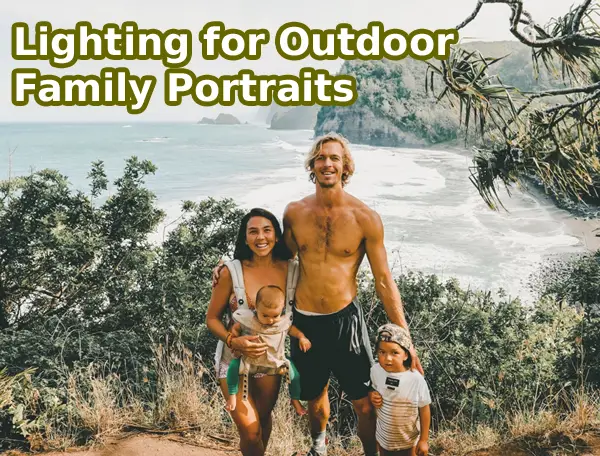
In this guide, I will share the different lighting types that you can use for your outdoor family shoots. I will also share some tips and tricks that you can use to get the best outdoor family portraits in all lighting conditions.
… Continue reading Lighting for Outdoor Family Portraits- Types and Tips

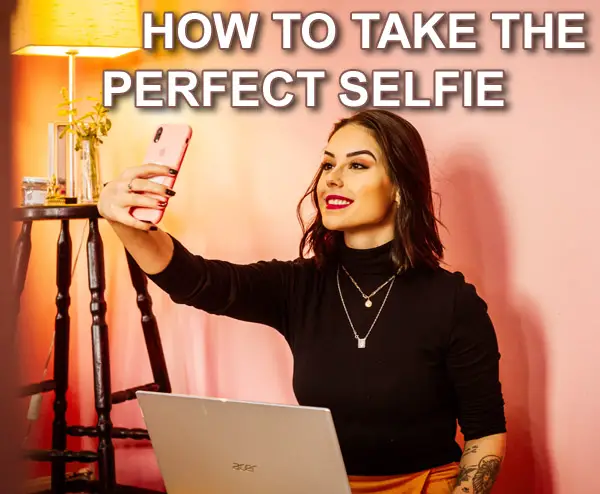
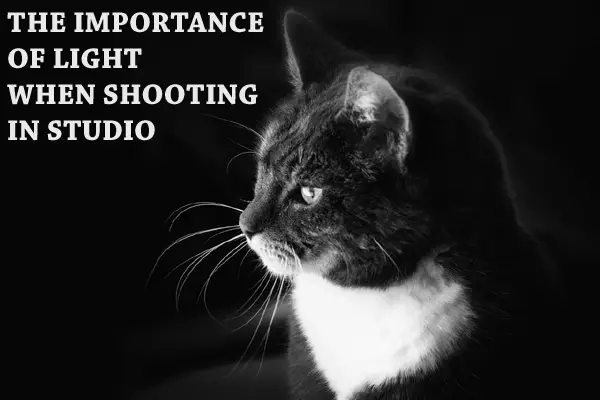
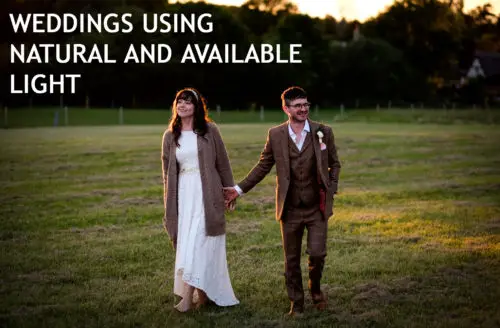
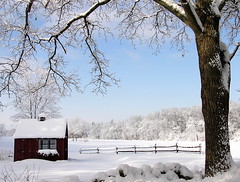

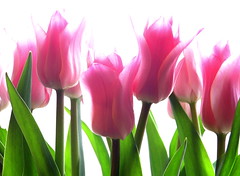
 The ability to control the lighting in a location can be the difference between a batch of duds and keepers. Nice light is worth a fortune in lenses. Unfortunately, equipment for controlling light can cost a fortune. With that in mind, a friend of mine recently constructed two free-standing lighting panels out of very inexpensive but sturdy PVC pipe (which you can find at any home improvement store).
The ability to control the lighting in a location can be the difference between a batch of duds and keepers. Nice light is worth a fortune in lenses. Unfortunately, equipment for controlling light can cost a fortune. With that in mind, a friend of mine recently constructed two free-standing lighting panels out of very inexpensive but sturdy PVC pipe (which you can find at any home improvement store).






